The Female Medical College of Pennsylvania was founded
In 1850, the Female Medical College of Pennsylvania, later known as the Woman’s Medical College of Pennsylvania was…
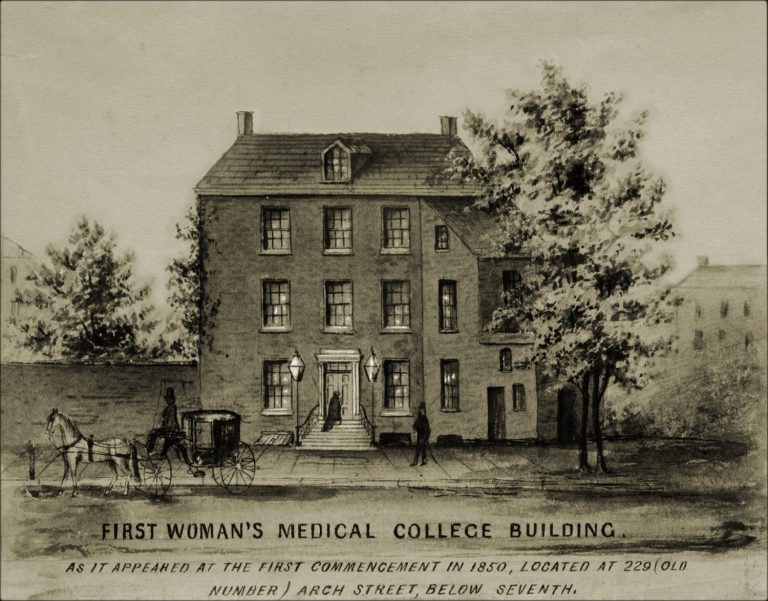
In 1850, the Female Medical College of Pennsylvania, later known as the Woman’s Medical College of Pennsylvania was…
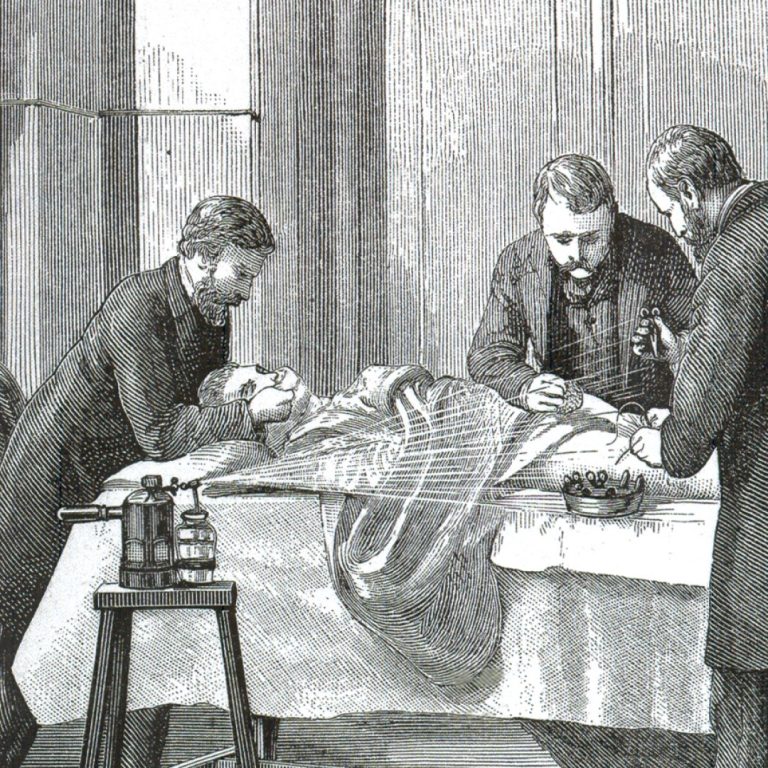
In 1850, surgeon Joseph Lister began the practice of antisepsis, and who was later immortalized in the trade…
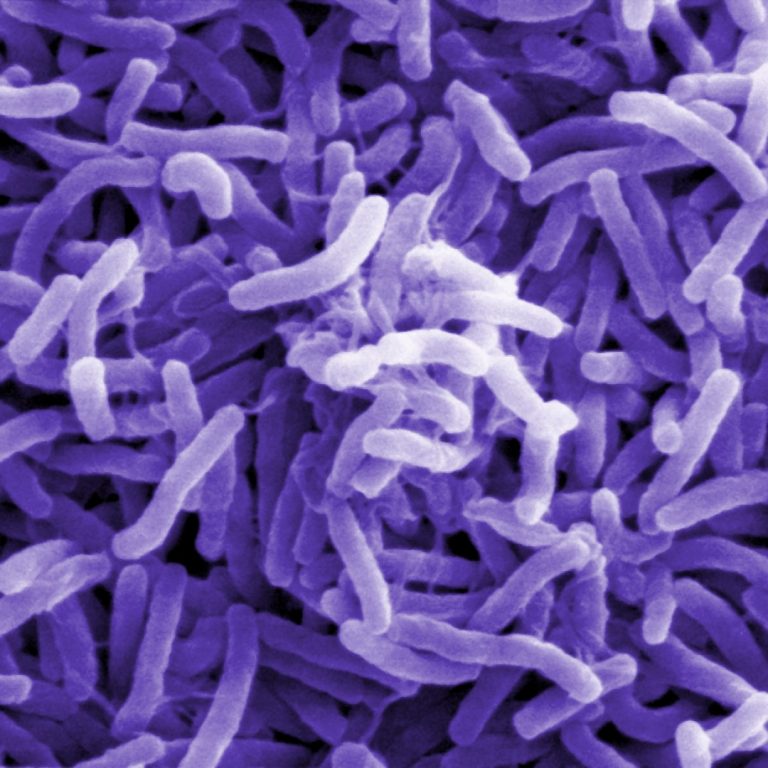
In 1850, the first international sanitary conference is held in Paris, France with a goal of making quarantines…
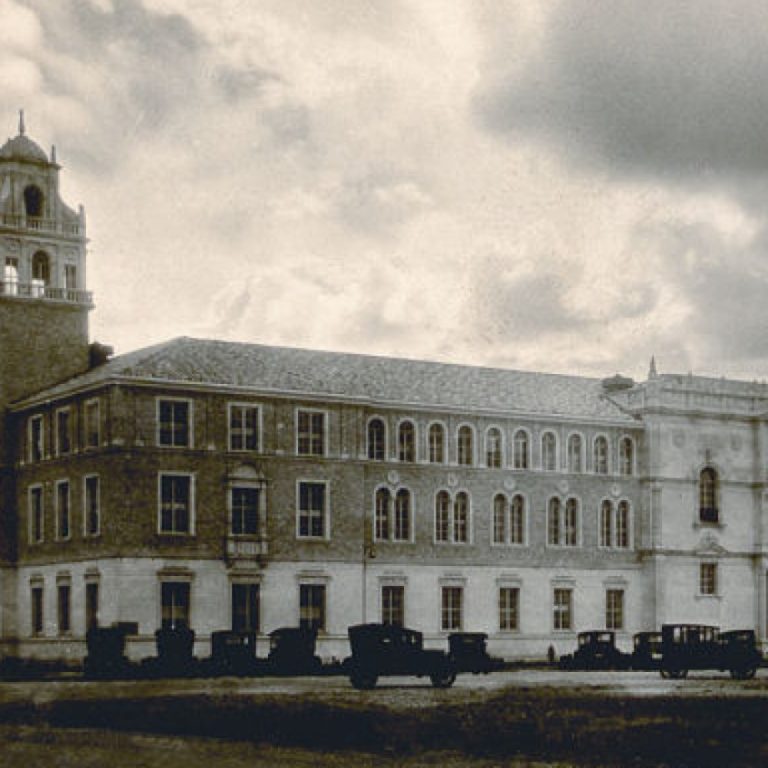
In 1850, Texas A&M (Agricultural and Mechanical College of Texas) was founded.
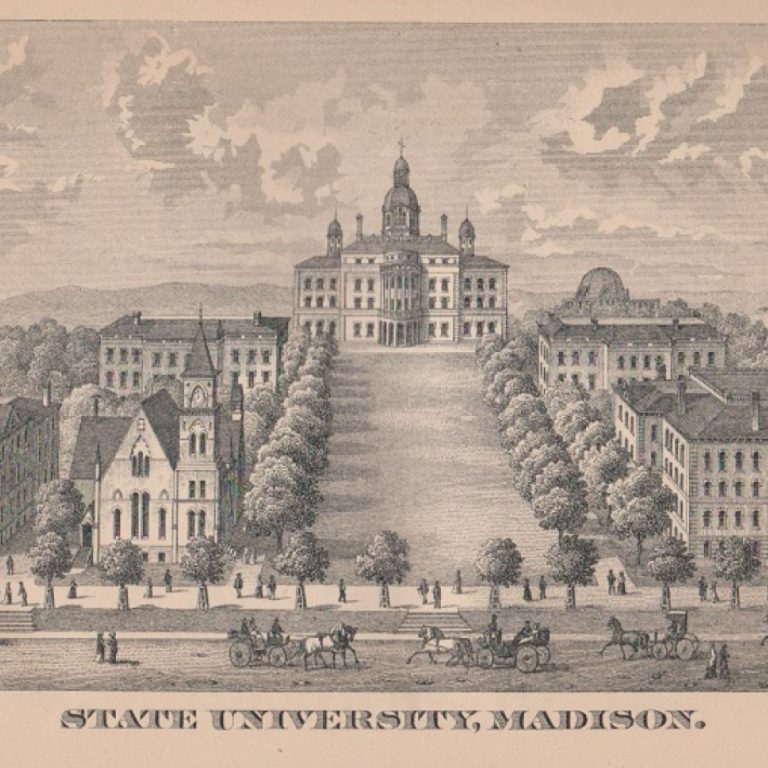
On Feb. 5, 1849, the first class of the University of Wisconsin-Madison, with 17 students, met in a…
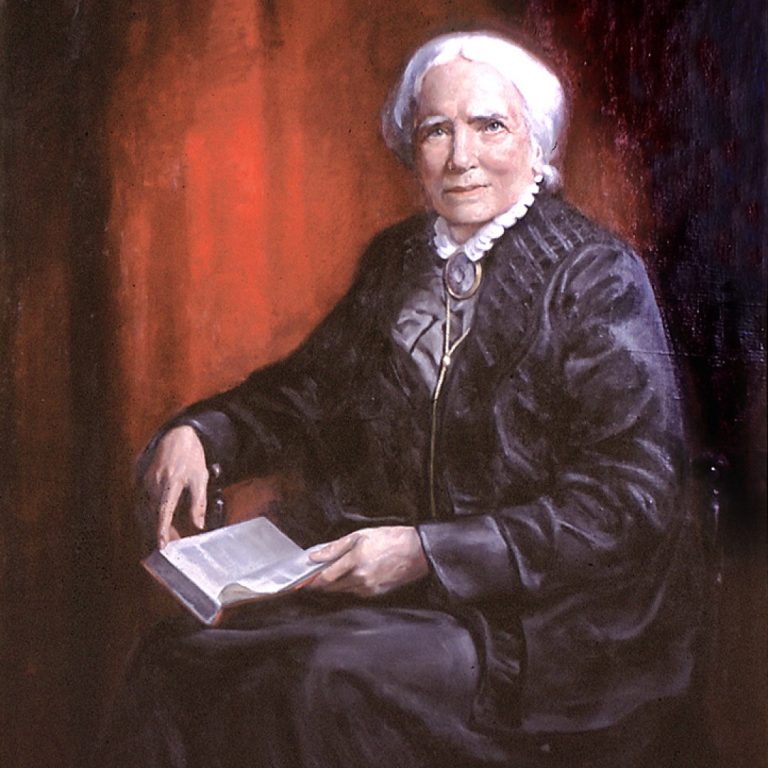
On Jan. 3, 1849, Elizabeth Blackwell received her M.D. degree from the Medical Institution of Geneva, N.Y., and…
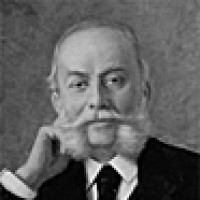
In 1849, cousins Charles Pfizer and Charles Erhardt founded Charles Pfizer & Company, a fine-chemicals business, in the…

On Sept. 20, 1848, the American Association for the Advancement of Science (AAAS) was founded which marked the…
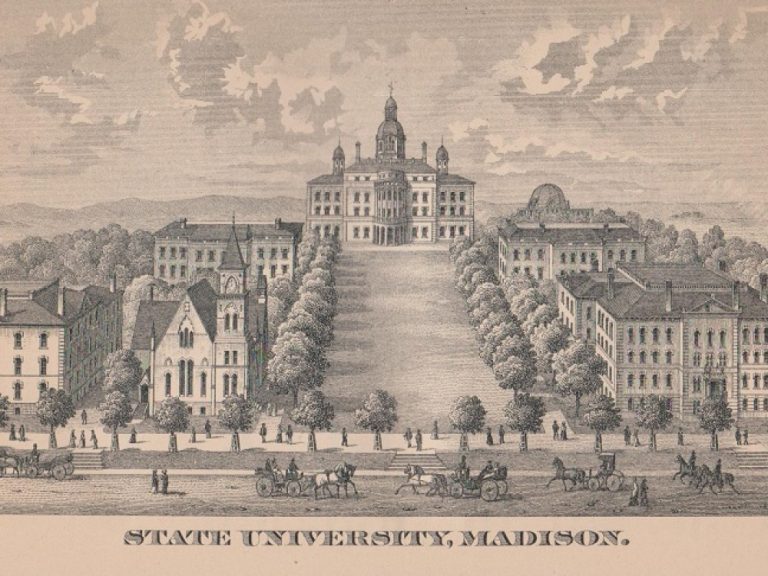
On Jul. 26, 1848, Nelson Dewey, Wisconsin’s first governor, signed the act that formally created the University of…
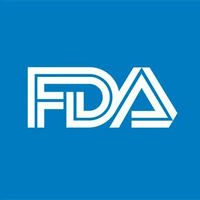
On Jun. 26, 1848, the Drug Importation Act was passed by Congress. The act required imported drugs to…
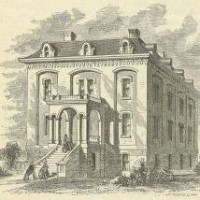
In 1848, the New England Female Medical College was founded, becoming the first institution in the U.S. to…
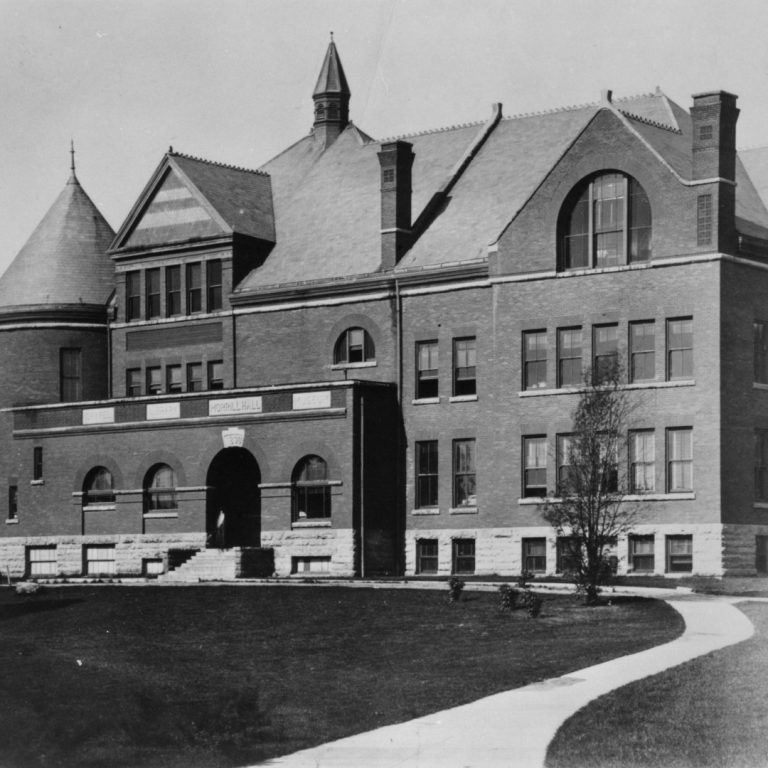
On Feb 25, 1847, the State University of Iowa, now known as the University of Iowa, was founded…

In 1847, the precursor to the actual Pontifical Academy of Sciences was the “Linceorum Academia,” which was founded…
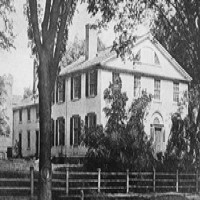
In 1847, the Yale College Graduate School of Arts and Sciences was founded as the ‘Department of Philosophy…
In 1847, James Moultrie, Jr., M.D. (Dean, School of Medicine of the Medical College of the State of…
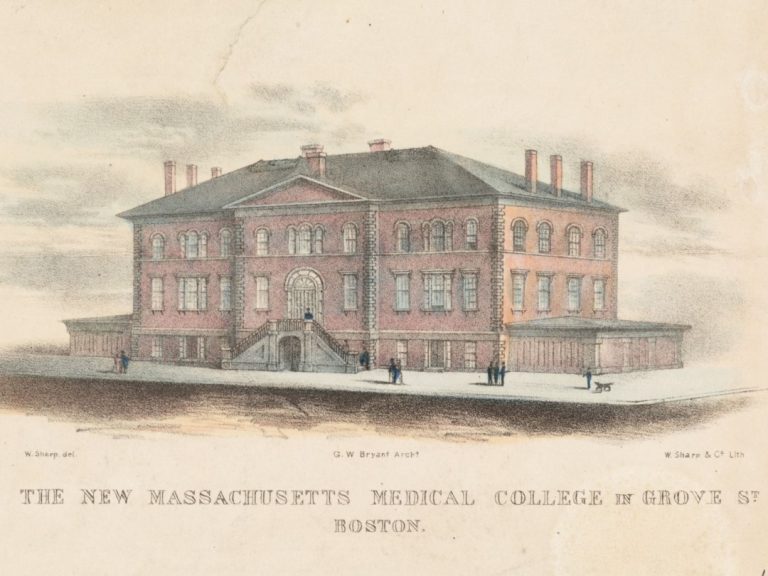
On Oct. 16, 1846, Harvard Medical School’s first dean, Dr. John Collins Warren, provided the first public demonstration…
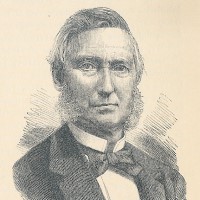
In 1846, Peter Panum described the highly contagious nature, the 14-day incubation period, and the induction of lifelong…

In 1846, Ignaz Philipp Semmelweis, known as the ‘Savior of Mothers,’ discovered that cases of puerperal fever, also…
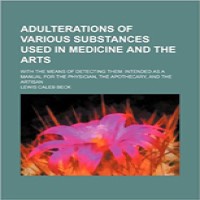
In 1846, Lewis Caleb Beck’s published “Adulteration of Various Substances Used in Medicine and the Arts,” one of…
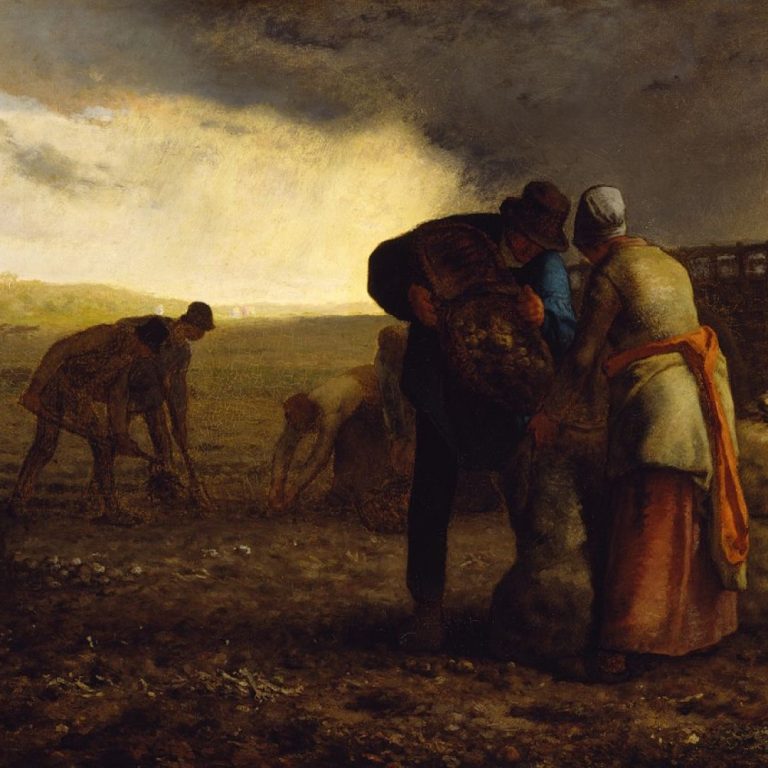
In late 1845 and 1846, a summer blight ravaged Ireland’s potato crop. It is estimated that more than…
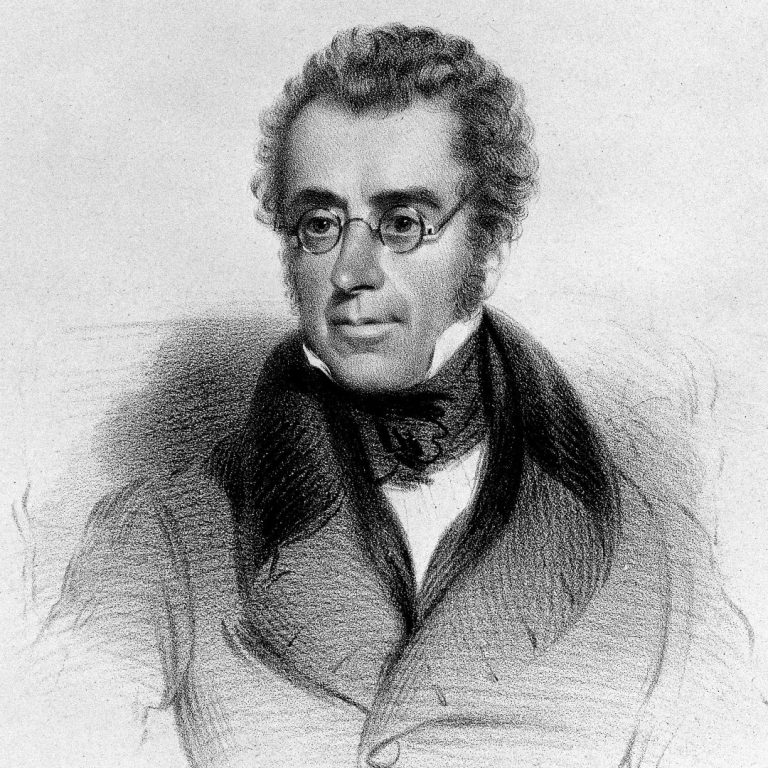
On Mar. 16, 1844, John Bostock, Jr., an English physician, published the first description of allergies in Medico-Chirurgical…
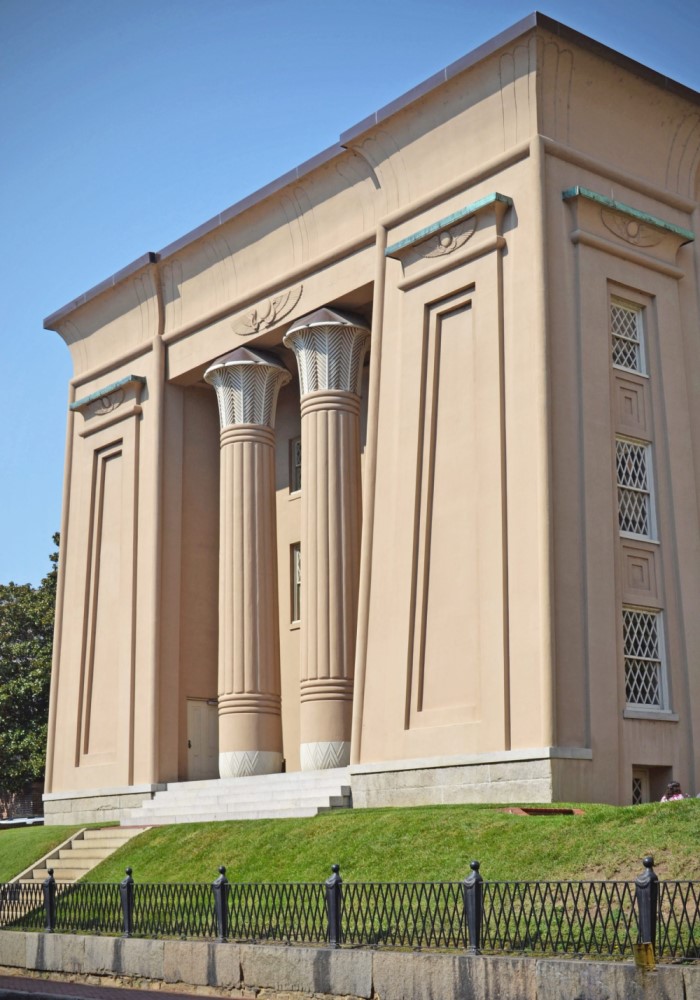
In 1844, The Medical Department of Hampden-Sydney College moved into its first permanent home, the Egyptian Building.
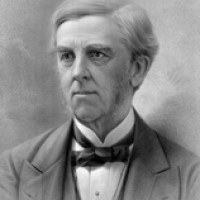
In 1843, Harvard Medical School dean and physician Oliver Wendall Holmes discovered the cause and prevention of childhood…
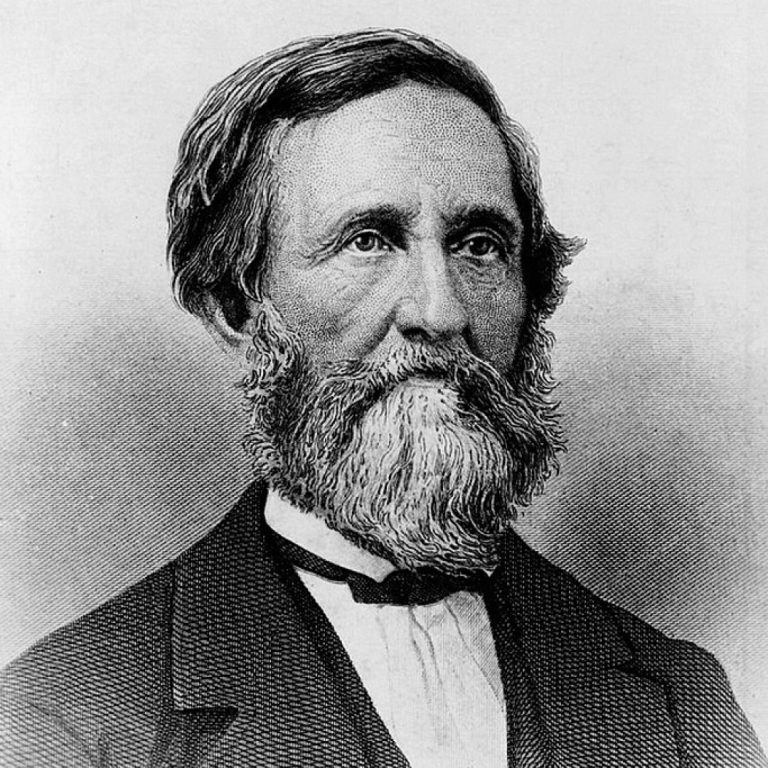
On Mar. 30, 1842, Dr. Crawford Long, an American physician and pharmacist in Jefferson, Georgia, used ether for…
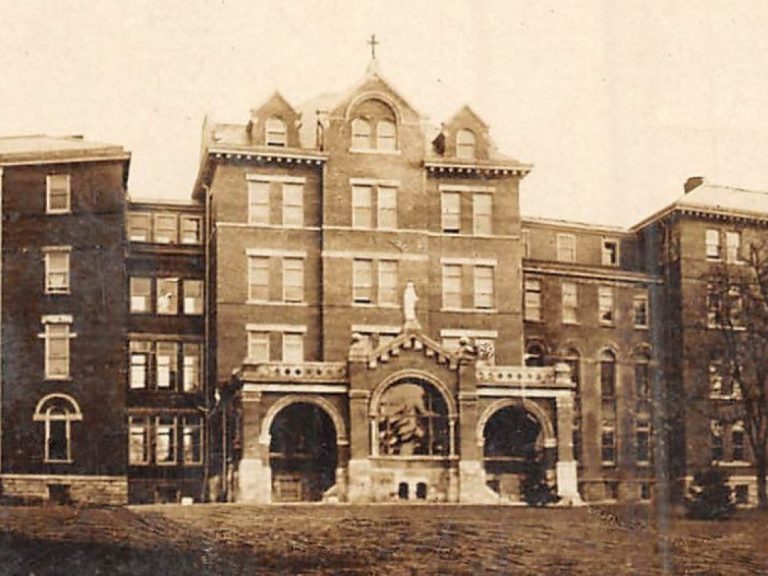
In 1840, After a devastating tornado ripped through Rochester, Mother Alfred Moes and the Sisters of Saint Francis…
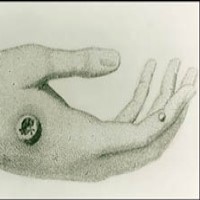
In 1840, the British government passed the Vaccination Act of 1840, an act that provided free vaccinations for…
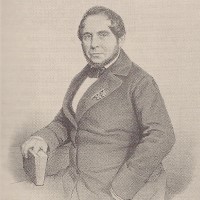
In 1840, German scientist Dr Jacob von Heine conducted the first systematic investigation of polio and developed the…
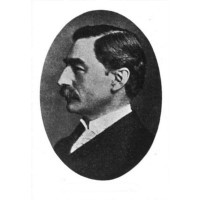
In 1840, Emil Mallinckrodt acquired a land in the Bremen area of St. Louis, which became the site…
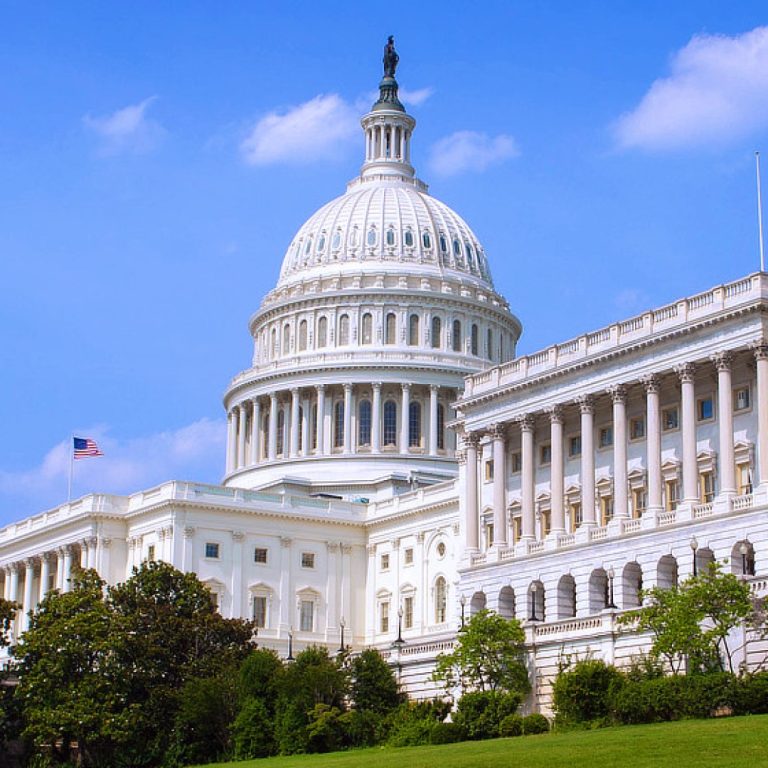
In 1839, the U.S. Congress puts $1,000 into the Congressional Seed Distribution Program, administered by the U.S. Patent…

In 1839, the University of Missouri was founded after the Missouri legislature passed the Geyer Act, legislation that…